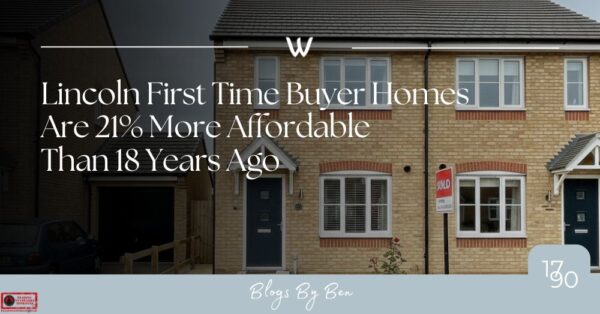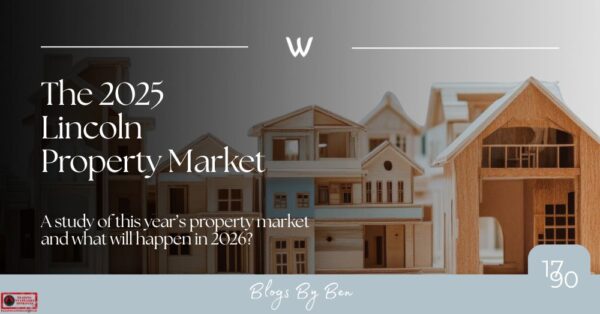The UK rental market has once again demonstrated its resilience and dynamic nature.
Recent figures state that the average advertised rent for newly listed properties in the UK last month was £1,787 per calendar month.
The average for the UK excluding Greater London is £1,211 per calendar month (and Greater London on its own is £2,989 per calendar month).
In our region of the East Midlands, the average rent currently stands at £965 per calendar month.
Rents in the East Midlands have grown tremendously.
· Rents in the East Midlands one year ago (Oct 22) were £880 per calendar month, a growth of 9.61%
· Rents in the East Midlands three years ago (Oct 20) were £764 per calendar month, a growth of 26.36%
· Rents in the East Midlands five years ago (Oct 18) were £869 per calendar month, a growth of 11.08%
· Rents in the East Midlands seven years ago were (Oct 16) £664 per calendar month, a growth of 45.25%
Looking specifically at Lincoln (LN1-LN6), the average rent in Q3 2021 was £724 per calendar month, for Q3 2022, it was £771 per calendar month and for Q3 2023, it has been £844 per calendar month.
(Quarter 3 for Lincoln was used to calculate the average as the sample size is much smaller than regional or national stats).
A persistent disparity between supply and demand strongly influences this rise in rents.
Demand from prospective tenants is intensifying, but there aren’t enough UK rental properties to accommodate them. That is also true for Lincoln tenants.
As a snapshot, one of the major property portals stated the average rental property in the country now receives approximately twenty-five enquiries from potential tenants. This is a striking contrast from the average of eight enquiries recorded in the pre-pandemic era.
Furthermore, the number of tenants looking to move within Britain has surged by just over 40% since 2019. On the other side of the coin …
The average number of UK rental properties coming on the market in the five years before the pandemic was 117,510 per month. In the last two years, it has been 99,747 properties per month, a drop of 15%.
Talking to agents in Lincoln, they are witnessing large numbers of eager tenants attending viewings as soon as a property is listed. Such data is echoed by estate and letting agents I know nationwide, many of whom highlight the wide gap between soaring demand and the limited supply of rental stock.
Encouragingly, even though the overall average of properties coming onto the market for rent for the last two years is 15% down (as mentioned above), that statistic does mask the fact that 2023 is vastly different to 2022’s available rental properties. The number of new properties being introduced to the rental market in the last ten months (Jan to mid-Oct 2023) is 6.9% higher year-on-year than the same time from the year before (i.e., Jan to mid-Oct 2022).
While the continual surge in rental prices and the mismatch between vacant properties and tenants may make the market challenging for many to navigate, signals suggest an easing of this pressure.
With new rental listings at higher levels, a sustained balance between supply and demand may decelerate the annual growth of Lincoln rental prices.
For Lincoln tenants in this tight market, being proactive is crucial. Speed is of the essence when arranging viewings, especially amidst other commitments. Immediate property alerts on the portals and cultivating strong face-to-face relationships with local letting agents can offer a competitive edge. Tenants must be clear about their property requirements; from budget constraints and intended stay duration. Flexibility, especially concerning the move-in date, can make an application stand out. Finally, having one’s finances and documentation ready can expedite the tenancy application process.
The evolving rental landscape is also prompting many to reconsider traditional preferences. Expanding search horizons beyond typical hotspots in Lincoln might increase the probability of securing a property and introduce tenants to more cost-effective options.
For Lincoln landlords, these national figures and regional and city-specific statistics provide a comprehensive overview. The underlying message is clear: despite the increase in rental properties, the rents continue to rise, painting a promising picture for landlords who continue to provide much needed homes for Lincoln tenants.
As Lincoln’s trusted property consultant, we remain committed to keeping you informed and guiding you through these dynamic market shifts.


